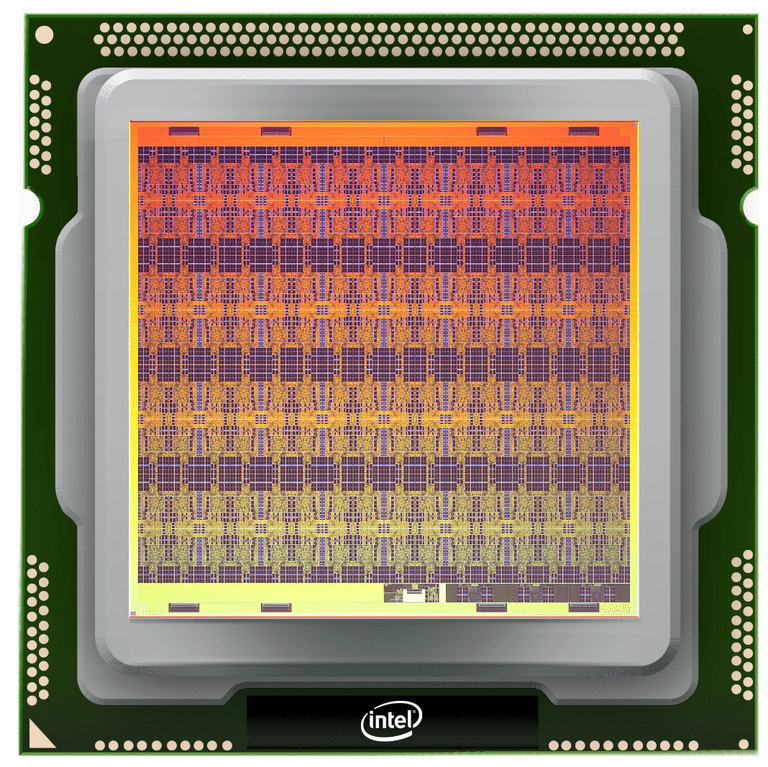Sleep, wake and perform
As researchers work more and more on artificial intelligence (AI), they are discovering newer facts every other day.
We have seen the technology being used to aid the military, control traffic systems, beat humans in video-games, and even control a ship.
Now, a recent study has found that a neural system needs to have a few hours of “sleep” to work efficiently. The discovery was made by a team of researchers of Los Alamos Laboratory located in the States.
The researchers, while working on an AI project, discovered that the neural system became much more efficient after an artificially induced sleep.
So, while working on the neural system for long hours, the researchers first found that the system is becoming unstable.
It tried to perform its task abnormally as it attempted to classify objects using their dictionary definitions without having any examples to compare them to.
However, after the researchers exposed the neural system to an artificial analogue of sleep, it came back to normal conditions, performing its task efficiently again.
Now, this artificial analogue of sleep is, according to the researchers, equivalent to a human’s good night’s sleep.
Garret Kenyon, a computer researcher working on the project said, “That issue of how to keep learning systems from becoming unstable really only arises when attempting to utilize biologically realistic, spiking neuromorphic processors or when trying to understand biology itself”.
He also added,
The vast majority of machine learning, deep learning, and AI researchers never encounter this issue because in the very artificial systems they study they have the luxury of performing global mathematical operations that have the effect of regulating the overall dynamical gain of the system
Yijing Watkins, a computer scientist who is also working at Los Alamos, said her team had been studying “spiking neural networks,” or systems that learn as much as our own living brains do when they became inspired to try something a bit unusual.
Moving forward, the team wants to test its algorithm on the Intel Loihi neuromorphic chip, which emulates the neural structure of the human brain.

Thanks for reading this post. If you liked it, please share this and subscribe to our newsletter.
Follow our Facebook and Twitter page for more contents and news.




